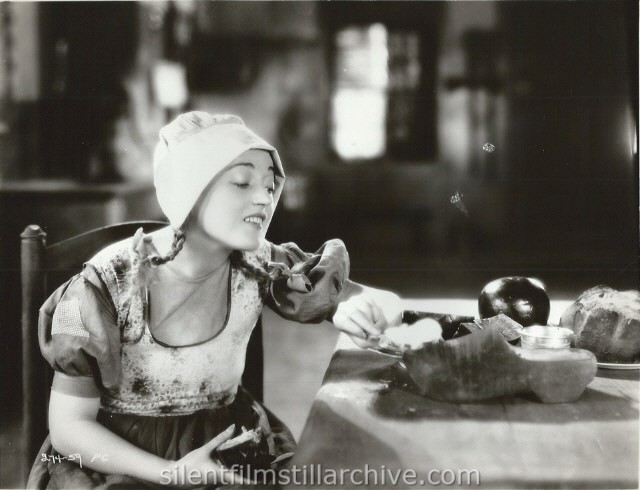

More than 10.5 million monochrome sets in the U-S, were blind to these telecasts. On Jregularly scheduled commercial colorcasts began by CBS on a five-station East Coast network. RCA effectively delayed the initiation of the CBS system, allowing the continued sale of even more black and white sets which could not receive the CBS signals. After the court upheld the FCC order, RCA appealed to the Supreme Court which, on May 28, 1951, affirmed the lower court ruling in favor of CBS. 1950, brought suit against the FCC in the Federal District Court in Chicago to halt the start of CBS colorcasts. Therefore, the FCC in its OctoSecond Report on Color Television Issues (Public Notice 50-1224), formally adopted the CBS system as the USA standard for color television. Of course, the manufacturing industry refused, when faced with adding an additional increment to their receiver sales cost within what they thought was an impossible timetable. The FCC reasoned that, with the 5-6 million annual receiver sales rate, within one year 40 percent of the receivers in use could receive the CBS broadcasts. If the set makers could not provide this "bracket standard" reception capability, then the FCC would be forced to adopt the CBS system immediately to avert the continually growing compatibility problem. However, the FCC reasoned that if manufacturers would build black and white receivers that could handle both monochrome and CBS scanning standards, time could be allowed for the development of an acceptable compatible system. The compatibility problem of the CBS system was acknowledged. The FCC declared that the poor performance of color fidelity, interfering dot and line crawl patterns, poor registration, and high studio and receiver cost, associated with the RCA and CTI systems, precluded their adoption. On September 1, 1950, the FCC issued its First Report on Color Television Issues (Public Notice 50-1064) in which it deferred the adoption of a standard. Īt the conclusion of the color hearings in 1950, there was much pressure by the color television proponents for the FCC to immediately adopt a color standard. At those earlier times, with few black and white receivers in the hands of the public, the adoption of the CBS system might have been feasible. They had suggested that their field sequential standards be adopted in 19. Their 1949 Color System was the third field sequential approach to be proposed to the FCC for adoption. (ref.) This led to the basic incompatibility of the CBS system: no standard monochrome receiver could present an intelligible picture during the color telecasts.ĬBS had first broadcast its Field Sequential Color System as early as August 28, 1940. To compensate for the increased field rate within the standard 6-MHz channel, the lines per frame were reduced from 525 to 405. To overcome flicker, the field rate was increased from 60 to 144 fields per second resulting in 24 complete color frames per second.

The two wheels were kept in phase synchronization, such that successive television fields were viewed using identical color primary filters to that at the camera. The CBS field sequential color system in its simplest form consisted of a rotating color wheel of red, blue, and green filter segments in front of a monochrome camera, feeding a black and white CRT receiver viewed through a second rotating color wheel.

Three competing methods of color were proposed: the Field Sequential method by CBS the Dot Sequential approach of RCA and the Line Sequential proposed by Color Television Incorporated. Hearings began on Septemand were, to last until with 10,000 pages of testimony and 265 exhibits submitted for the record.

With increased interest by the industry in color television, the Federal Communications Commission on Jcalled for hearings to determine the feasibility of introducing color service. Color Television System Development during the FCC Hearings 1949-1950


 0 kommentar(er)
0 kommentar(er)
